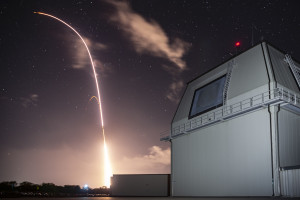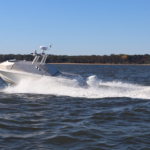
The director of the Missile Defense Agency (MDA) earlier this month explained why the Defense Department was planning to use mobile rather than fixed missile defenses in Guam. “First, it was a pretty extensive department-wide study, we did look at a number of fixed site options. And then in the end, just given the kind of capability that we need on the island and the flexibility there, we did go with mobile across the board. So the sensors will be…

 By
By 











